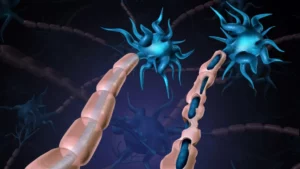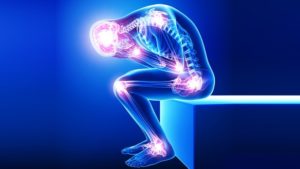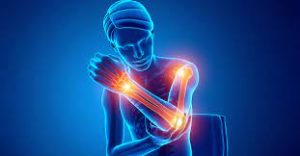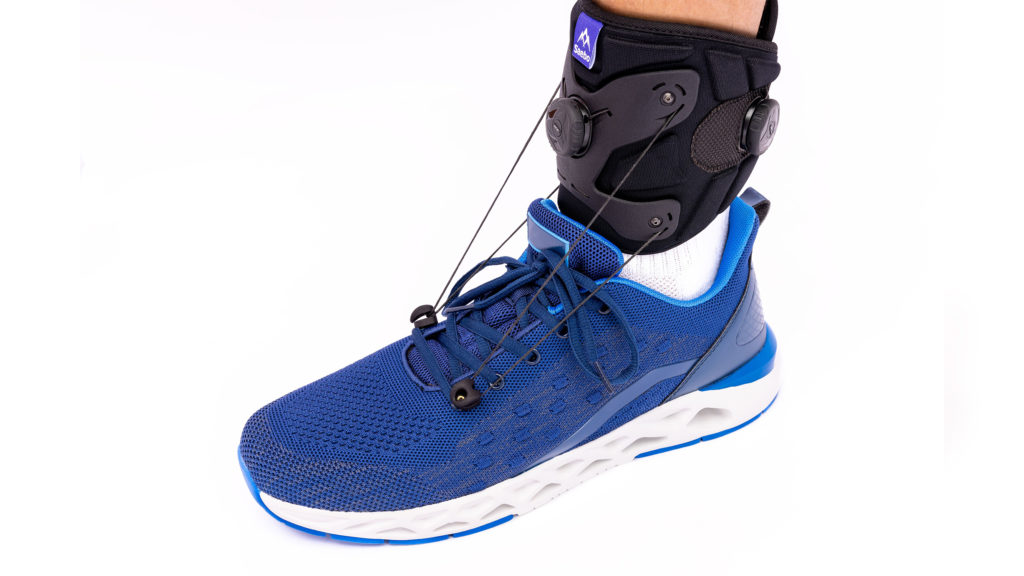Top 10 Evidence Based Foot Drop Strategies
Amy Bean
Wednesday, October 29th, 2025
#dropfoot#electricalstimulation#footdrop#nmesAFOMirror TherapyStroke rehabilitation
We’ve put together a practical reference guide for you featuring 10 recommended strategies to help manage and rehabilitate foot drop. These approaches are backed by current research and international clinical guidelines, ensuring they reflect best practices in neurological and physical rehabilitation.
Since foot drop can result from a variety of underlying causes, not every strategy may apply to every individual. However, we hope this guide serves as a valuable resource, offering a range of options to support your recovery journey and help you choose the methods that best suit your needs.
1. Orthotic
What are these?
Often call an AFO or Ankle Foot Orthosis, these are splints that are worn to help lift the foot when walking. They can either be custom made or off the shelf.
Custom made orthotics are typically for those that need a lot of support due to severe spasticity, unstable ankle, or loss of range of calf muscle preventing the foot going flat on the floor. An orthotist would assess and make a custom made splint which may require adjustments over time.
Peripheral Nerve Injury
Amy Bean
Tuesday, August 13th, 2024
#dropfoot#electricalstimulation#footdrop#pain#painrelief#peripheralnerveinjury#TENS

Our peripheral nervous system is a network of nerves that deliver motor, sensory and autonomic information (regulates body functions such as heart rate and digestion) from our brain and spinal cord to the rest of our body. Think of it like our telephone system sending messages and calls along telegraph lines to the end receiver and back again.
If any of the nerves are injured e.g. trauma, compression from bulging spinal disc, broken bones pushing on them etc., this disrupts the signals being sent. This can lead to weakness or absence of movement depending on the severity of the nerve damage, loss or altered sensation and for some people pain.
The injury can be partial meaning there is still some connection to send the electrical signals but movement is weaker, there is reduced sensation or altered pain; or it can be a complete severance of the nerve fibre resulting in no movement and sensation.
Treatment and management will be dependent on the extent of the nerve damage.
TENS : Using Electrical stimulation for Pain Relief
Amy Bean
Tuesday, October 17th, 2023
#electricalstimulation#pain#painrelief#TENS

What is it?
Transcutaneous Electrical Nerve Stimulation, or TENS as it commonly referred to, is the use of electrical stimulation for pain relief.
In simple terms this type of electrical stimulation blocks the pain signals being sent to the brain and spinal cord to provide pain relief. It therefore doesn’t combat the cause of the problem but can provide much needed temporary relief for some users and is a potential alternative to medication.
Depending on the cause of the pain, the relief may provide relaxation to muscles that are in spasm because of the pain which will allow more freedom in movement. TENS can also stimulate the production of endorphins, our bodies natural pain killers.
Electrical Stimulation Contraindications: Facts and Myth Busting
Amy Bean
Tuesday, June 27th, 2023
#electricalstimulation#nmes#TENS

Before considering using neuro muscular electrical stimulation (NMES), users need to be aware of the contraindications and whether this treatment is safe to use.
A contraindication in medicine is a reason not to use something as it may cause harm.
It would be understandable to presume that there is an agreed set list of contraindications that apply internationally for everyone. Unfortunately this is not the case so in this blog we are going to go through the most commonly agreed contraindications in the UK and discuss each one. By having some knowledge of the reasons behind each one, and any research behind them, it will hopefully help more users to use this evidence based treatment as part of their rehab.
Sensory Electrical Stimulation for Pain Management
Amy Bean
Wednesday, March 1st, 2023
#electricalstimulation#pain#painrelief#TENS

The International Association for the Study of Pain defines pain as “An unpleasant sensory or emotional
experience associated with actual or potential tissue damage, or described in terms of such damage.” And this can be from many different causes ranging from arthritis in a joint, to muscle damage from a sports injury to “post stroke pain” which might be from a shoulder subluxation, spasticity or joint stiffness from lack of movement.
We have previously discussed the use of TENS for pain relief in a previous blog but in this blog we are going to go more in depth into the use of Sensory Electrical Stimulation to manage pain.
Little or no movement in your Arm and Hand? There are Rehab Options for you!
Amy Bean
Tuesday, January 10th, 2023
#electricalstimulation#nmesMental ImageryMirror Therapy

When there is little or no movement present in the arm early after a neurological injury such as Stroke, it can lead to the arm being ignored.
Focus often shifts to the leg to work on transferring or walking. How can you do exercises when there is no movement? You might get taught positioning, or advised to rest it carefully on a pillow. You may even get provided with a splint to stop it tightening over time.
The good news is there are things you can do to start getting those messages firing within the brain. It’s important to deliver input to the brain to so that it can start to rewire itself; the brain has an amazing ability to adapt and reorganise itself after an injury. You may have heard the term “neuroplasticity” – this is defined as the ability of the nervous system to change its activity in response to internal or external stimuli by reorganising its structure, functions, or connections after a neurological injury, such as a stroke or traumatic brain injury (TBI) . National Library of Medicine, Neuroplasticity, May 2022
